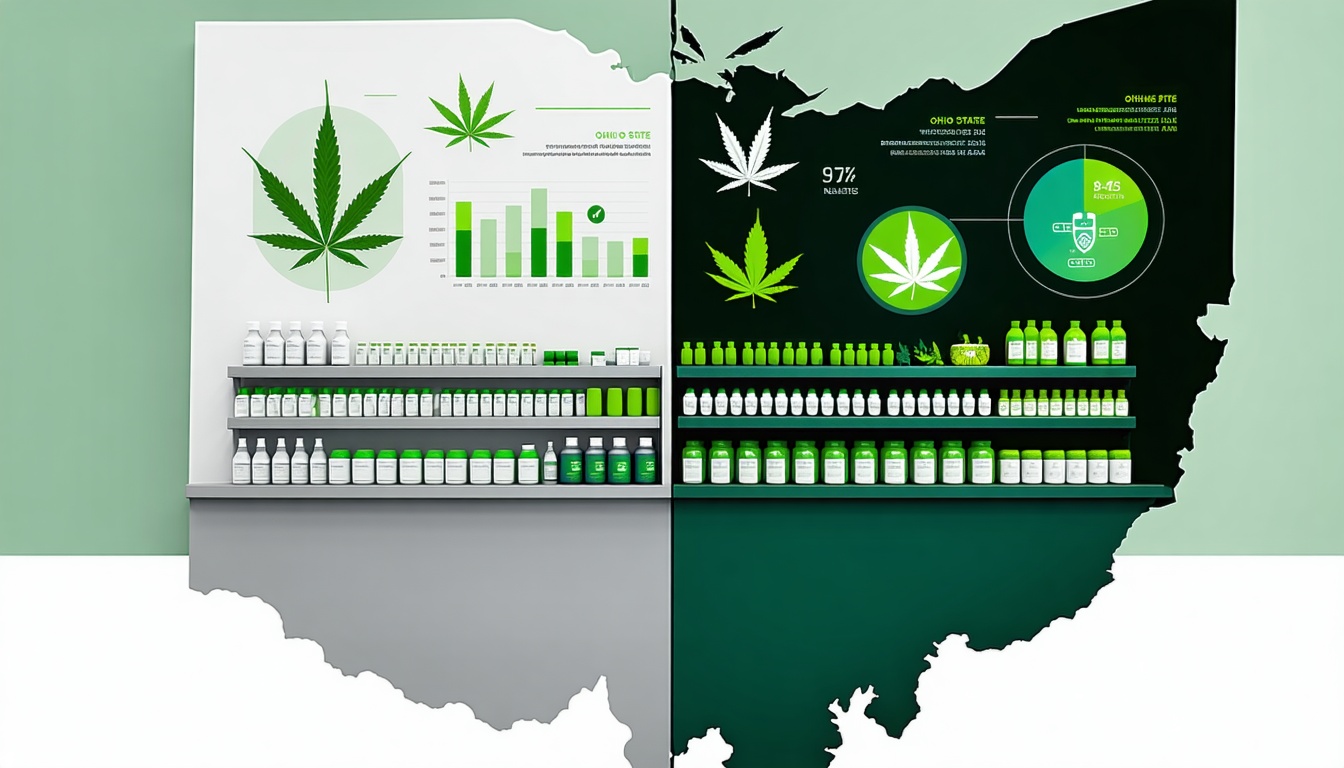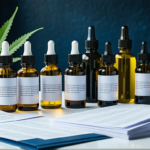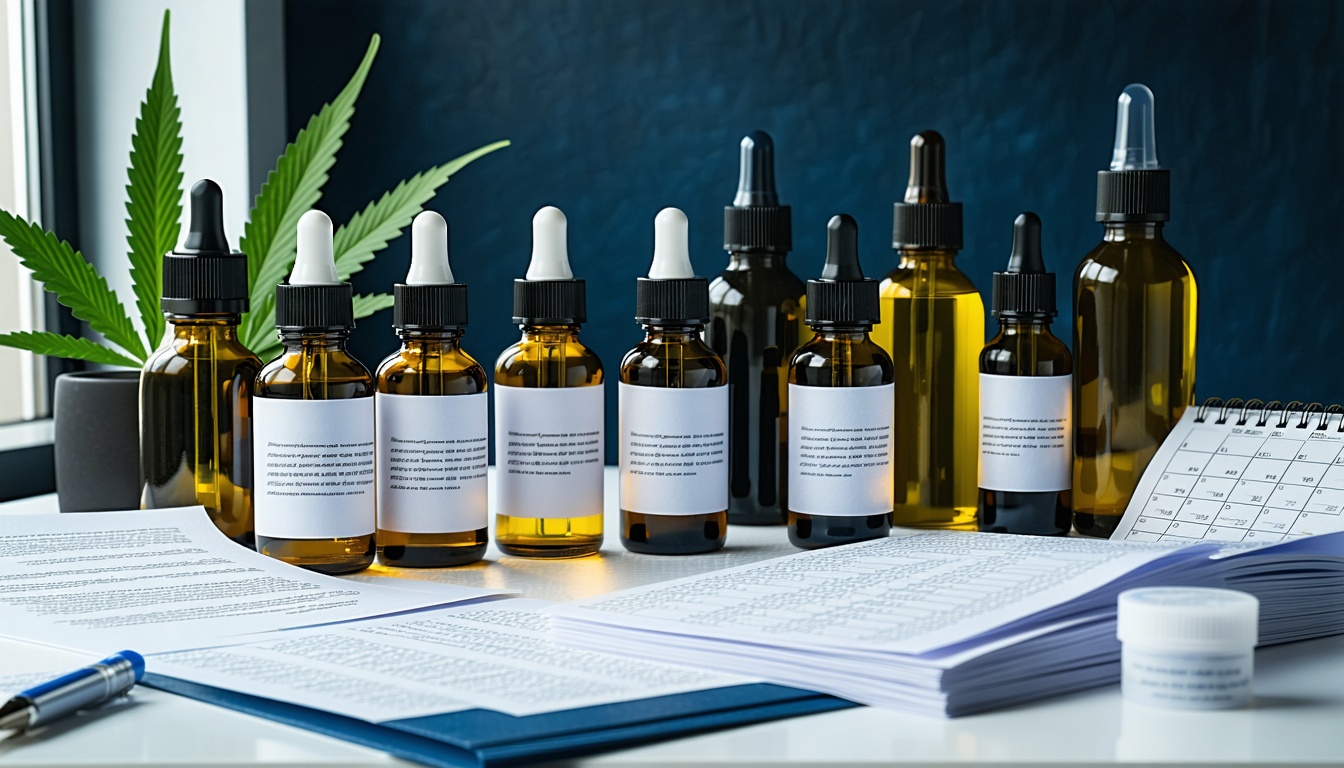Ohio’s Medical Marijuana Program Sees Significant Decline in Patients
A recent survey by the Ohio State University Drug Enforcement and Policy Center has revealed a significant decline in the number of patients participating in the state’s medical marijuana program. The survey found that the number of active patients decreased by 43% from May 2024 to July 2025, from 165,746 to 94,294.
The decline is attributed to the introduction of recreational marijuana sales in Ohio, which began in August 2024. The survey found that 56% of respondents were either extremely satisfied or somewhat satisfied with the Ohio Medical Marijuana Control Program, a decrease from 74% in the previous year. Additionally, 30% of respondents reported some level of dissatisfaction, up from 20% in 2024.
The survey also found that the average monthly price of plant products rose to $7.42 per gram in fiscal year 2025, compared to $6.16 per gram in fiscal year 2024. This increase may have contributed to the decline in patients, as many may be seeking cheaper alternatives in recreational dispensaries.
Michigan, which has a more established recreational marijuana market, has an average monthly price of flower in recreational dispensaries of $2.52 per gram, significantly lower than Ohio’s prices. This may be a factor in the decline of Ohio’s medical marijuana program.
Despite the decline, the survey found that many patients continue to benefit from the program. Over three-fourths of respondents reported that using marijuana has reduced their need to use prescription painkillers, and 26% said it has helped them reduce their use of illegal drugs.
The Drug Enforcement and Policy Center has identified three policy priorities to address the decline and improve the program: regulating intoxicating hemp products, collecting data and funding Ohio-specific research, and providing education to the public. The center recommends implementing a 21-year-old age requirement to buy intoxicating hemp products, setting specific safety and production standards, and not marketing those products to children.
The future of Ohio’s medical marijuana program remains uncertain, but experts expect the number of patients to continue to decline before eventually stabilizing.












